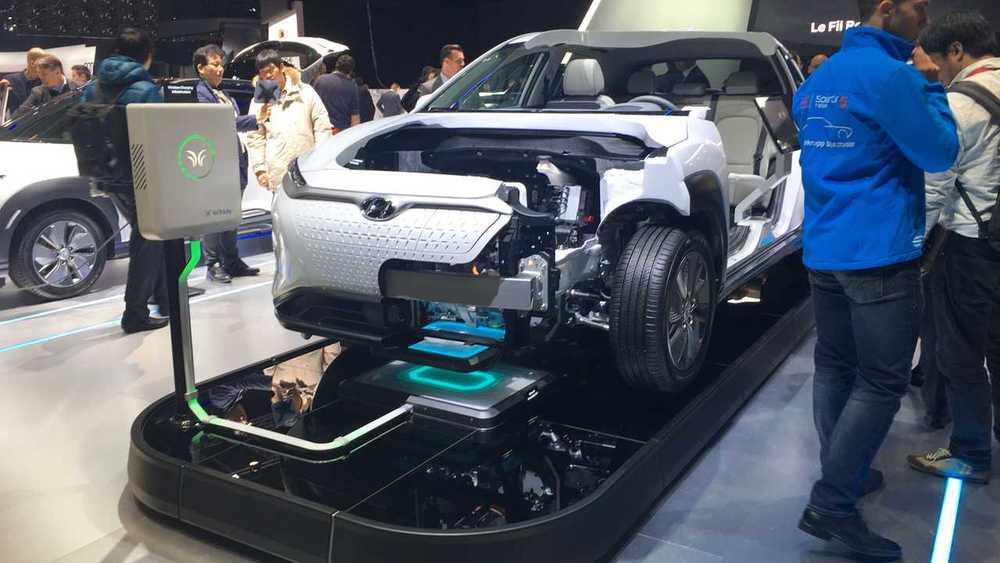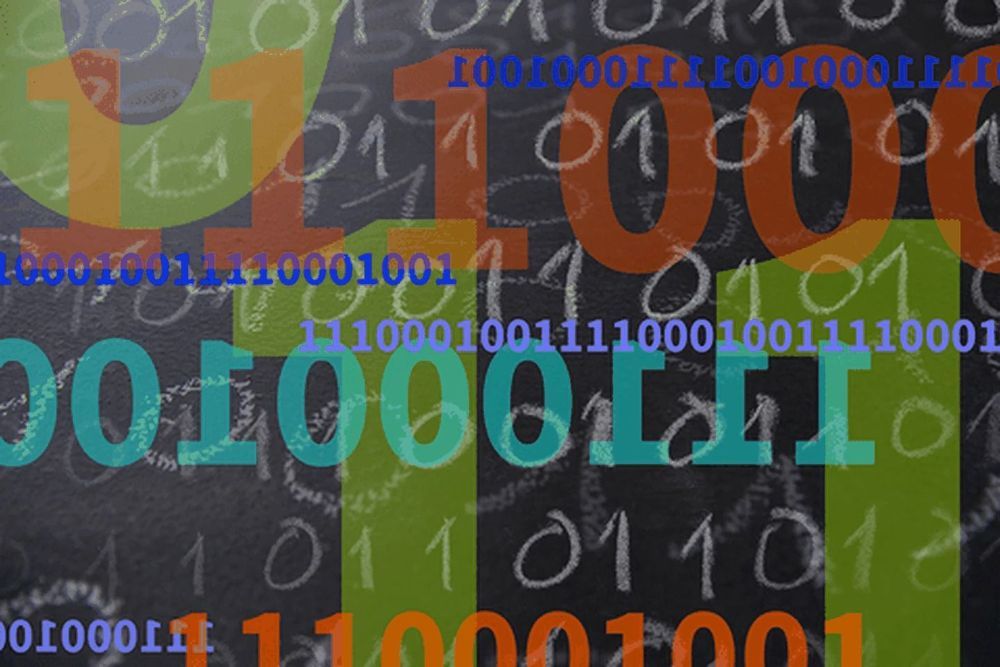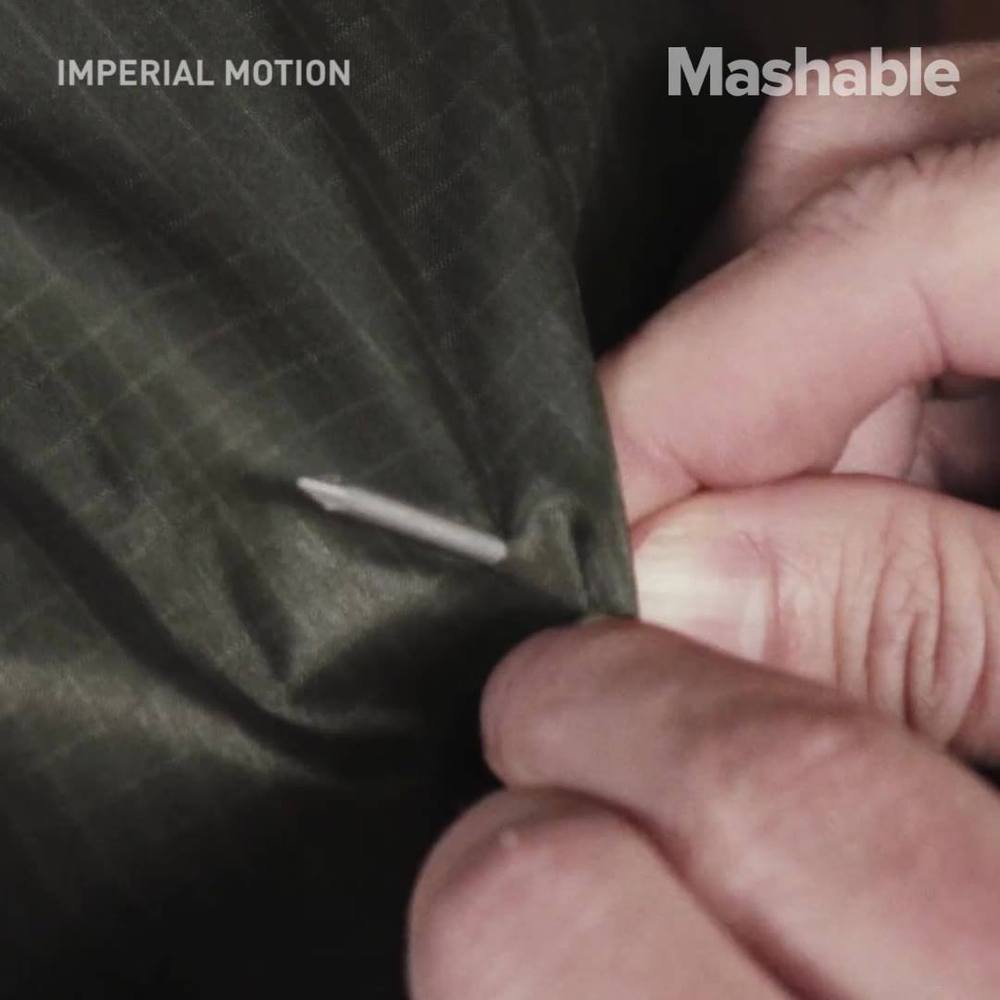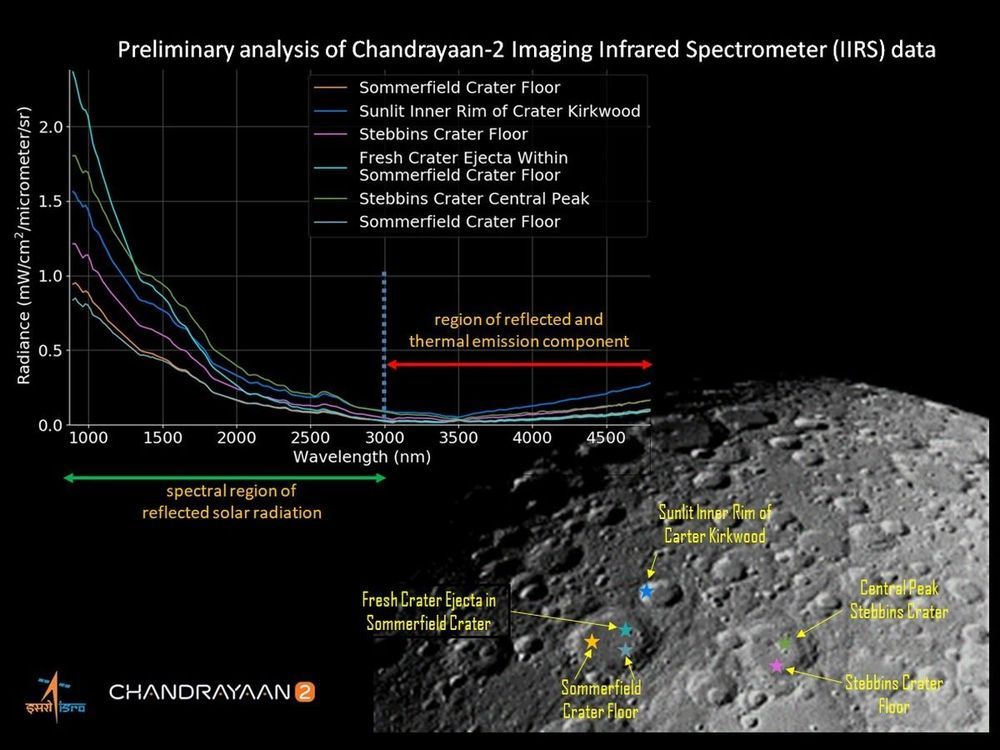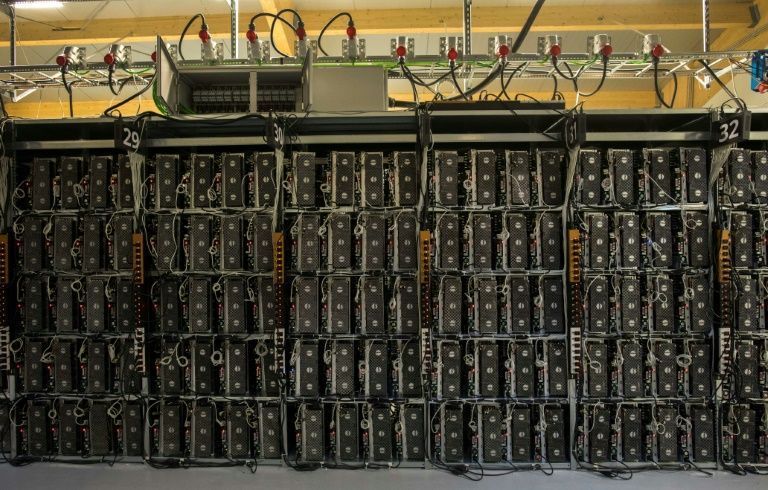WiTricity, a wireless power transfer specialist, announced licensing and technology transfer agreements with Green Power, which gears up for wireless charging of electric vehicles in South Korea.
Green Power is already engaged in wireless charging systems of vehicles from 1 to 300 kW, but not yet in electric cars, which might be possible using 11 kW WiTricity DRIVE 11 system.
As we can see in the image above, WiTricity’s wireless charging was already demonstrated in South Korea with Hyundai Kona Electric, but it’s probably still too early to judge that such an option is coming.
